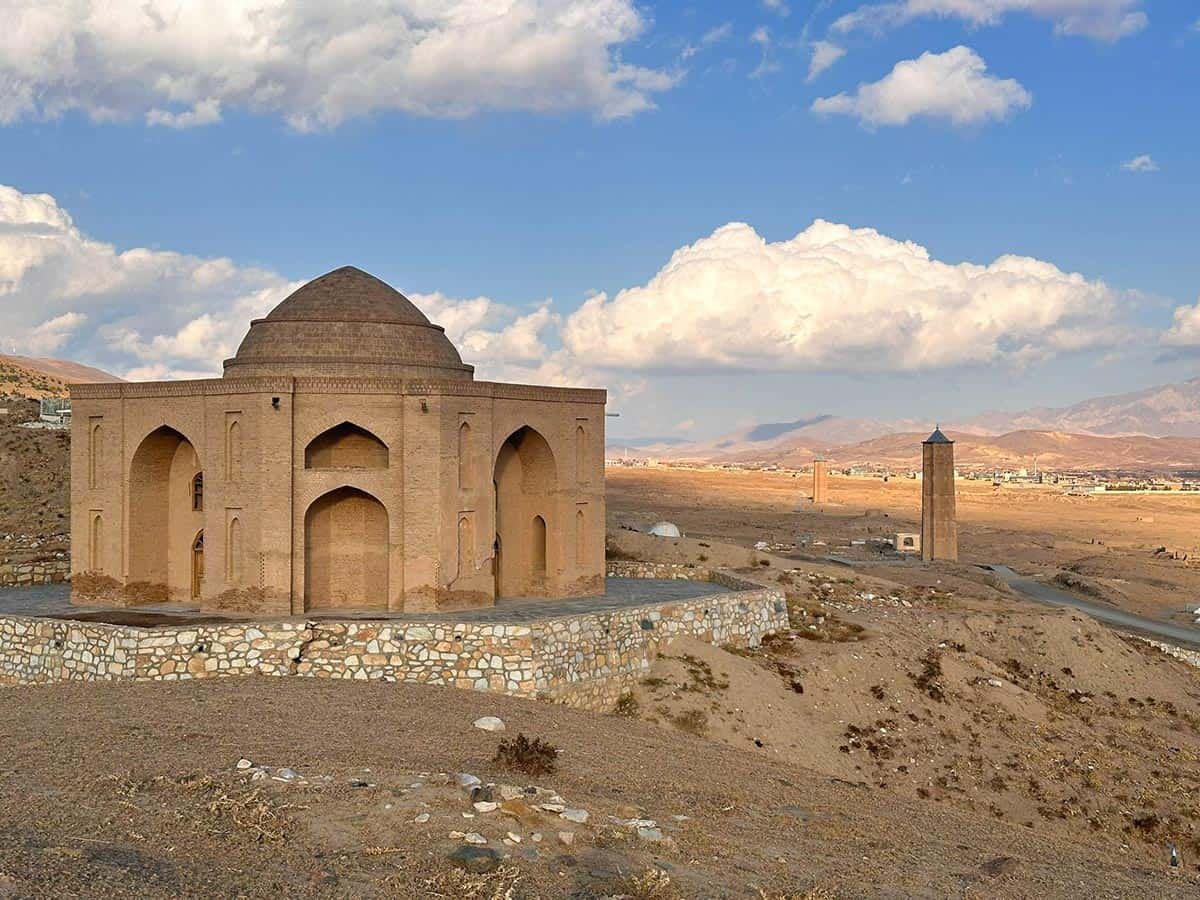
Ghazni, once the capital of the mighty Ghaznavid Empire, stands as one of Afghanistan’s most historically rich cities. Located strategically between Kabul and Kandahar, Ghazni has long served as a cultural and political bridge across Afghanistan’s heartland. The city’s skyline is marked by ancient minarets, medieval forts, and the remnants of Islamic learning centers that date back to the 10th and 11th centuries.
Today, Ghazni is a treasure trove for history lovers. The city’s cultural significance is evident in its preserved archaeological sites like the Ghazni Citadel, the two famed minarets of Sultan Mahmud and his son Mas'ud, and the tomb of Al-Biruni, the renowned Muslim scholar. Despite modern challenges, Ghazni retains its scholarly legacy and strong Pashtun identity, offering a deep connection to Afghanistan’s Islamic golden age.
With a blend of ancient ruins, traditional bazaars, and resilient local communities, Ghazni gives travelers the opportunity to step back into history. While infrastructure is basic, the city’s quiet strength and historical depth offer an enriching cultural journey.
| Country | Afghanistan |
| Languages Spoken | Dari, Pashto |
| Currency Used | AFN |
| Visa Requirements |
As with all destinations in Afghanistan, a valid visa is required. Visitors must apply through an Afghan consulate or embassy prior to entry. Mehr Tours provides clients with visa support, documentation, and safety consultation specific to Ghazni. Due to its historical and sometimes sensitive status, travelers should confirm travel permissions and advisories in advance. |
| Activities |
Ghazni is ideal for history-focused travel. Guided tours through Mehr Tours include visits to the Ghazni Citadel, the twin minarets, and archaeological sites related to the Ghaznavid dynasty. A visit to the tomb of Al-Biruni offers a powerful moment of reflection on the contributions of Islamic science and astronomy. Travelers can explore traditional handicraft markets and engage with local artisans producing embroidery and leatherwork. Short hikes around the surrounding hills reveal views of ancient caravan routes and give a glimpse of Ghazni’s strategic geography. For culture lovers, we also arrange storytelling evenings and poetry readings inspired by Ghaznavid literature. |
| Best Time to Visit |
The best time to visit Ghazni is from March to May (spring) and September to November (autumn). These seasons provide moderate temperatures and clearer skies, ideal for outdoor exploration and photography. Summer heat and winter cold can make travel more difficult, especially given the limited infrastructure. |
| Health and Safety |
Travel in Ghazni should always be coordinated with local guides familiar with the region. While the central city is generally accessible, surrounding districts may require extra caution. Mehr Tours emphasizes secure and informed travel planning, with vetted accommodations and transportation. Bottled water, sun protection, and modest dress are recommended. Medical services are available in the city center, though travelers should carry a personal medical kit for added safety. |